Dolphin is a common name of aquatic mammals within the order Cetacea. Dolphins can be very large, reaching weights of up to 1400 pounds and lengths of 12.5 feet. They can live between 40 to 50 years and reach sexual maturity between 5 and 14 years.
Like all mammals, dolphins reproduce through internal fertilization, and females give birth to live young. The gestation period is between 9 to 17 months, depending on the dolphin. Juveniles are able to swim from the moment they are born, but for two years, they are dependent on their mothers for nursing.
Dolphins are thought to be some of the smartest animals on the planet. They are also extremely curious, and their intelligence is both a result and a driver of their complex social structures.
They generally live in pods between five to several hundred depending on the type of dolphin. Their preferred prey includes small, schooling fishes and squids. There are over 40 species named as dolphins, from freshwater to saltwater. Most species live in tropical and temperate oceans throughout the world. Five species live in the world’s rivers. They use echolocation to find prey and will hunt together by surrounding a school of fish, trapping them, and taking turns swimming through the school to catch the fish.
They have a vocabulary of danger sounds, food sounds, and seeking sounds. Sometimes they put these sounds together in a reasonably complex fashion. They are known to vocalize one to the other. Studies also indicate that there are differences among dolphins’ species regarding their skull size and form, variations that may lead to future changes.
As with most species today, the dolphins’ most dangerous threat is man. Sometimes, humans kill dolphins not because they are a food source but because they prey on the same fish species as humans do. Therefore, many fishermen have killed dolphins only because they are a competition for the fish. In some countries, people eat dolphins. In Japan, some species’ meat is seen as a delicacy and can cost up to $25 USD a pound. The presence of humans on Earth does not give dolphins many possibilities to survive. If they are caught in the fishing nets, they are unable to breathe and drown. There is a loss of habitat due to pollution. Millions of gallons of polluted water, toxic substances such as pesticides, heavy metals, plastic trash, and hundreds of other hazardous materials are released into the ocean and the rivers. Their habitat becomes contaminated and causes illness and death. There are many positive interactions between humans and dolphins. They have rarely attacked people. Instead, they have helped them often. The truth is that there is nothing to indicate that dolphins feel particular empathy for man since they have a highly developed social behavior. They behave the same way with other animals.
Fun Fact: While sleeping, the bottlenose dolphin shuts down only half of its brain, along with the opposite eye. The other half of the brain stays awake at a low level of alertness. The attentive side is used to watch for predators, obstacles, and other animals. It also signals when to rise to the surface for a breath of air. After about two hours, the animal will reverse this process, resting the brain’s active side and awaking the rested half. This pattern is often called cat-napping

Like this:
Like Loading...


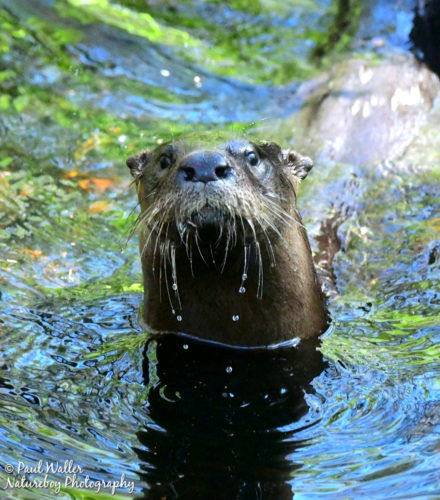















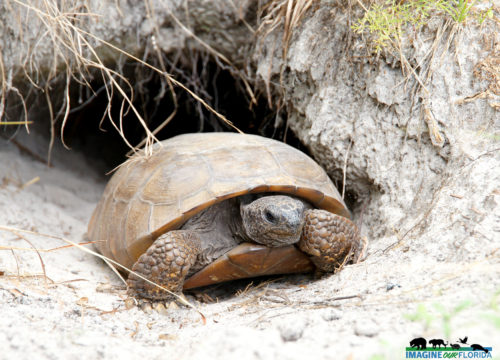







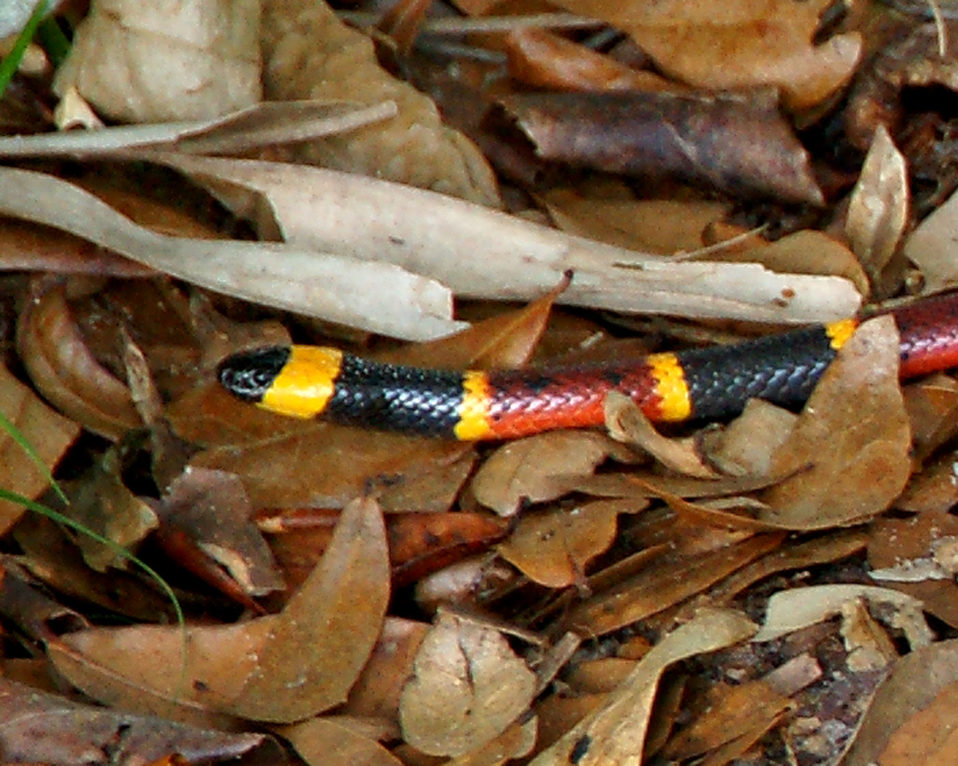











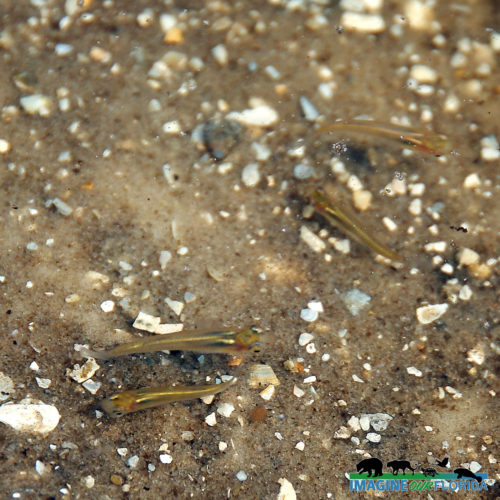


















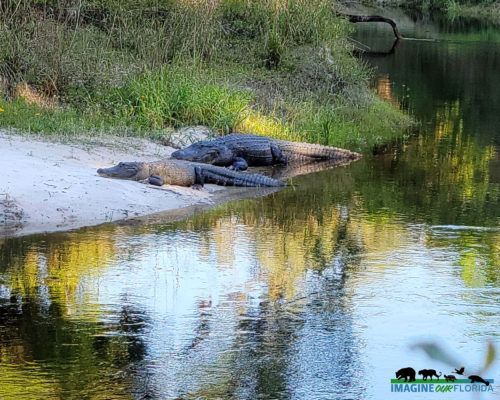





























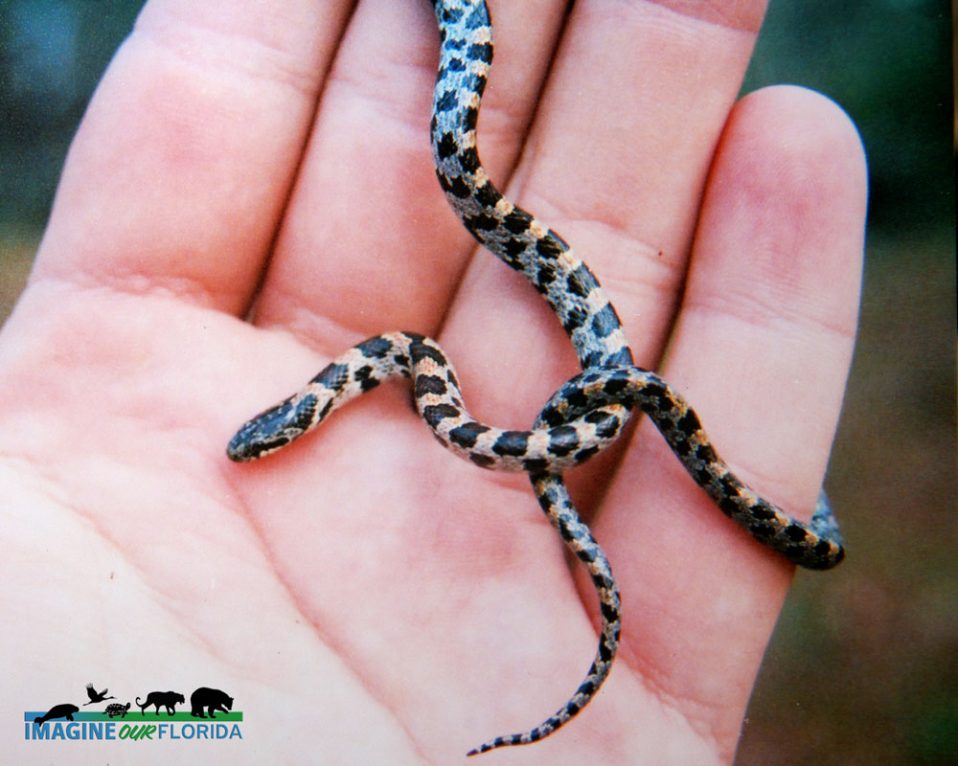

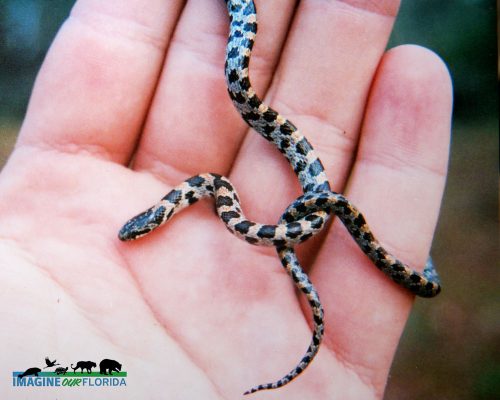










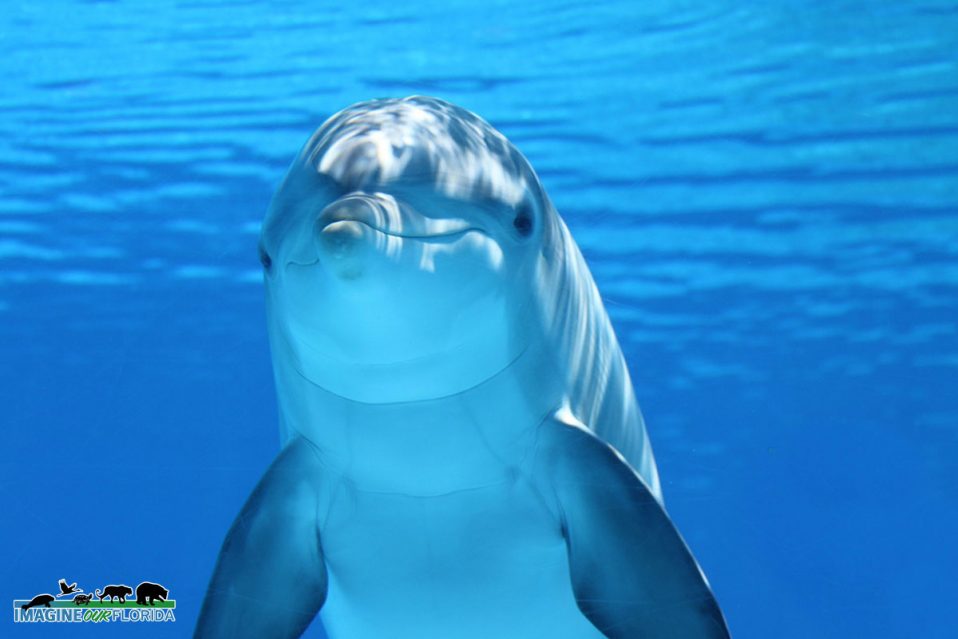



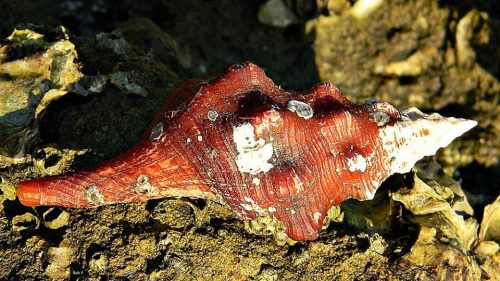












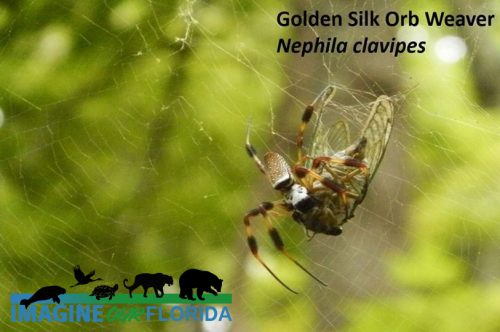

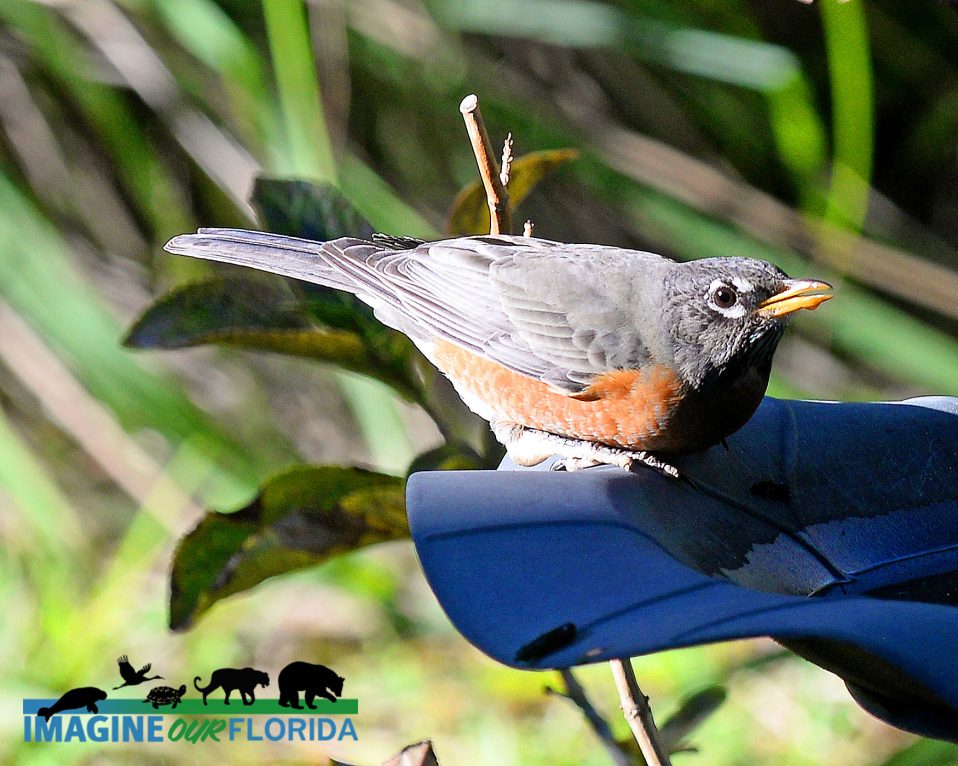


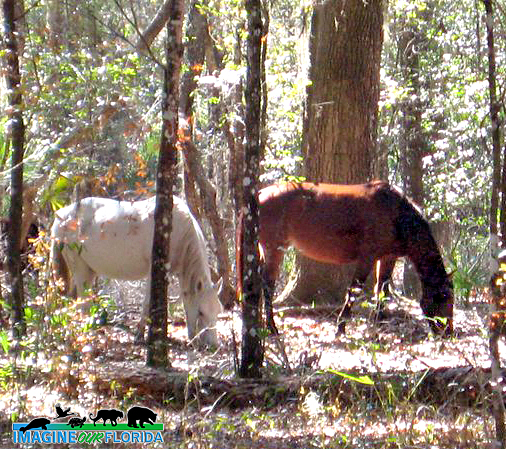











Recent Comments